flying bugs in house after rain
Free shipping on qualified orders. Free easy returns on millions of items.

The Scoop On Gnats The Weather They Like Why They Drive Us Nuts The Washington Post
Actually bugs are even more affected by rain than most things.

. Therefore the workers pick up eggs and other immature ants and seek out shelter in a dry place. Some pests especially those who build underground nests run for cover when heavy rain floods their habitats. Such swarming behavior is usually synchronized by other nearby colonies so large numbers of winged ants suddenly appear.
From there these irritating insects can become. This is a very effective method and it doesnt require too much work either. After a soaking spring or fall rain thousands of winged reproductives may swarm from the colony seeking to mate and start new colonies.
Flying insect numbers have plunged by 65 per cent in England over the last 20 years a new study has. Always use indoor potting soil for indoor plants. They have to have bright sunlight low winds high humidity and warm temperatures to swarm.
These termites dig tunnels to help expand the colony. As everything else wakes up for spring all kinds of pests do too. Termite activity can increase after heavy rains.
Use bug zappers One of the most effective ways to get rid of flying termites in this rainy. They even live in the clogged gutters of your roof. Here are four bugs you can expect to see more of after heavy rains and why.
Sometimes that just happens to be your home. Sowbugs actually need moisture to survive and will generally live in damp soil however when too much rain threatens their lives theyll seek. If you find fungus gnats in your home dont stress yourself out.
They prefer to swarm after there has been 3 to 5 days of rain. Termites have a defined life cycle and flying termites have a very specific place in it. Carpenter ants either crawl up to the windows or theyll use the overgrown bushes as a way to sneak inside your home.
Alternatively place it on the floor under the light but make sure its kept away from children and pets. So they can enter your home from the gutters by exploiting the gaps and cracks that the walls develop over time. One of the most effective ways to get rid of flying termites in this rainy season is by making use of bug zappers.
Fungus gnats are small flying pests commonly found indoors hovering around houseplants. Places like your home. Keep Your Plants Clean.
The males die and the mated females. Answer 1 of 8. Fill the top of your pot with 12 inch of sand.
They prefer to swarm. Swarming is a natural occurrence that happens when a subterranean termite colony grows to a mature size. They lay eggs in moist organic debris or potting soil feeding on the roots of plants.
Predators they feed on insects and other spiders. Fungus gnats do not cause structural damage eat plant leaves or bite. Periodically usually following 3 to 5 days of heavy rain the winged reproductive forms emerge from the colony in large swarms.
They begin mating often over the course of a single day. Ad Browse discover thousands of brands. Read customer reviews find best sellers.
Flying ants swarm for the same reasons as termites to reproduce and expand their colonies. Sowbugs also known as pillbugs roly-polys potato bugs and woodlice may show up in your home after it rains. Use Indoor Potting Soil.
Water drains quickly in sand keeping the top layer dry and thus preventing gnats from laying their eggs. 1 day agoBRITS are being warned not to kill flies wasps and bees this summer as numbers rapidly decline. They are the males and females of antstermites that you are seeing they only have wings among them and emerge out of the colony seasonally for mating.
Ants want shelter and food. All insects including ants have the same basic needs as us. Rain can destroy their homes move their prey and force them to go places they would rather avoid.
However the rain is not the trigger for swarming so much as warm. Rain beetles are another group that specifically wait for the rain. Seeing these massive flying termite swarms can be quite terrifying to some people when in reality the swarmers do not cause any structural.
Many enter the house in the fall. May be you have witnessed the Nuptial flight. With large heads and intimidating jaws these termites.
They live underground and during the rain the females will come to the surface of their burrows and release pheremones. Ants roaches yellow jackets and other bugs sometimes enter houses looking for dry shelter. Aside from all that you can also try making a trap yourself.
If you have poor drainage around the foundation of your home water damage can lead to termite feeding and subsequent infestations. From a calendar-level view termites generally come out during spring or summer although some species may swarm as late as November. If they find food and a place to nest in your home theyll probably stay and could spread quickly.
Carpenter ants move in a line. Old stumps or fire wood piles around your yard are especially. Rain helps make the environment more wet which in turn makes termite survival more likely since there is plenty of water available.
Flying ants will swarm in late spring and early summer. The males also aware of the rain escape their soil forts and fly to the find the females in the very early morning. Size variable 8 legs color variable yellowish to black smooth or hairy may or may not have web.
Remove dead leaves stems debris etc. Termites like most of the other bugs love light and this is what bug zappers are based on. Insects are in search for food after long sustained rainfall.
All termites begin as eggs hatch into larvae and mature into molting nymphs. Check for other insects in the house that may be sources of food for spiders. Ants and termite colonies contains.
You can get a bug zapper and hang it at your window. The bright reflection on the water should attract the termites drowning them. Subterranean termites are attracted to decaying or damp wood that can be a result of localized storms.
When it rains ants that live on the ground surface or underground are at risk of drowning. This typically occurs after a rain storm followed by sunny warm weather at this time of year. While these creatures are harmless they are still a nuisance to homeowners everywhere.
Create a layer of half-inch sand on top of the moist soil and you will see a significant change in the larvae control of black bugs flying over grass. Caulk and seal cracks around doors and windows. Hold a pail of water about 10cm away from the swarm thats at a light source.
Basically bug zappers are lights to which termites get attracted and thereby electrocuted.
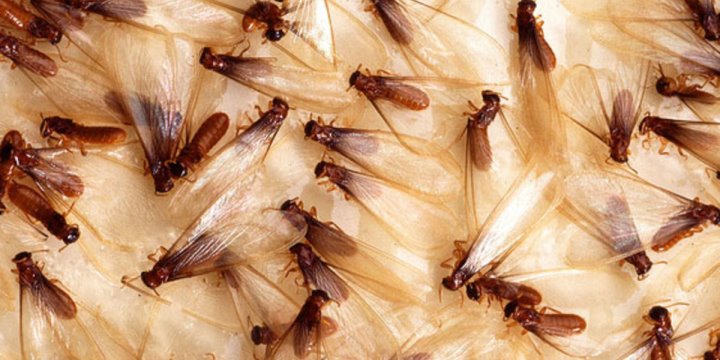
5 Things You Should Know About Flying Termites Rentokil Id
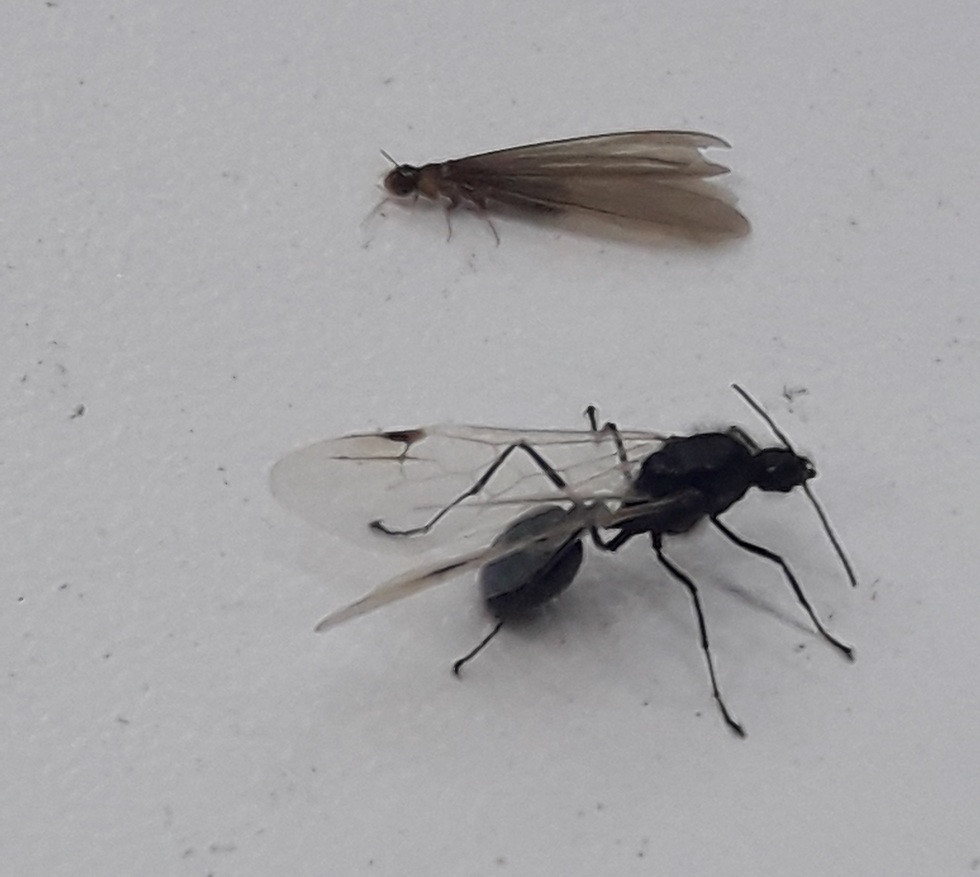
Rainy Weather Triggers Thousands Of Flying Ants To Swarm Israeli Streets

Indoor Flies And Their Control What Causes Indoor Flies

Spring Rain Termites Ants Flies Bug Blog Flick Pest

After The Rainfall Thailand S Mang Mao Insects
Rain Beetles Are Curious Critters Bug Squad Anr Blogs

Rainy Season Brings Rain Flies Trinidad Pest Control Facebook
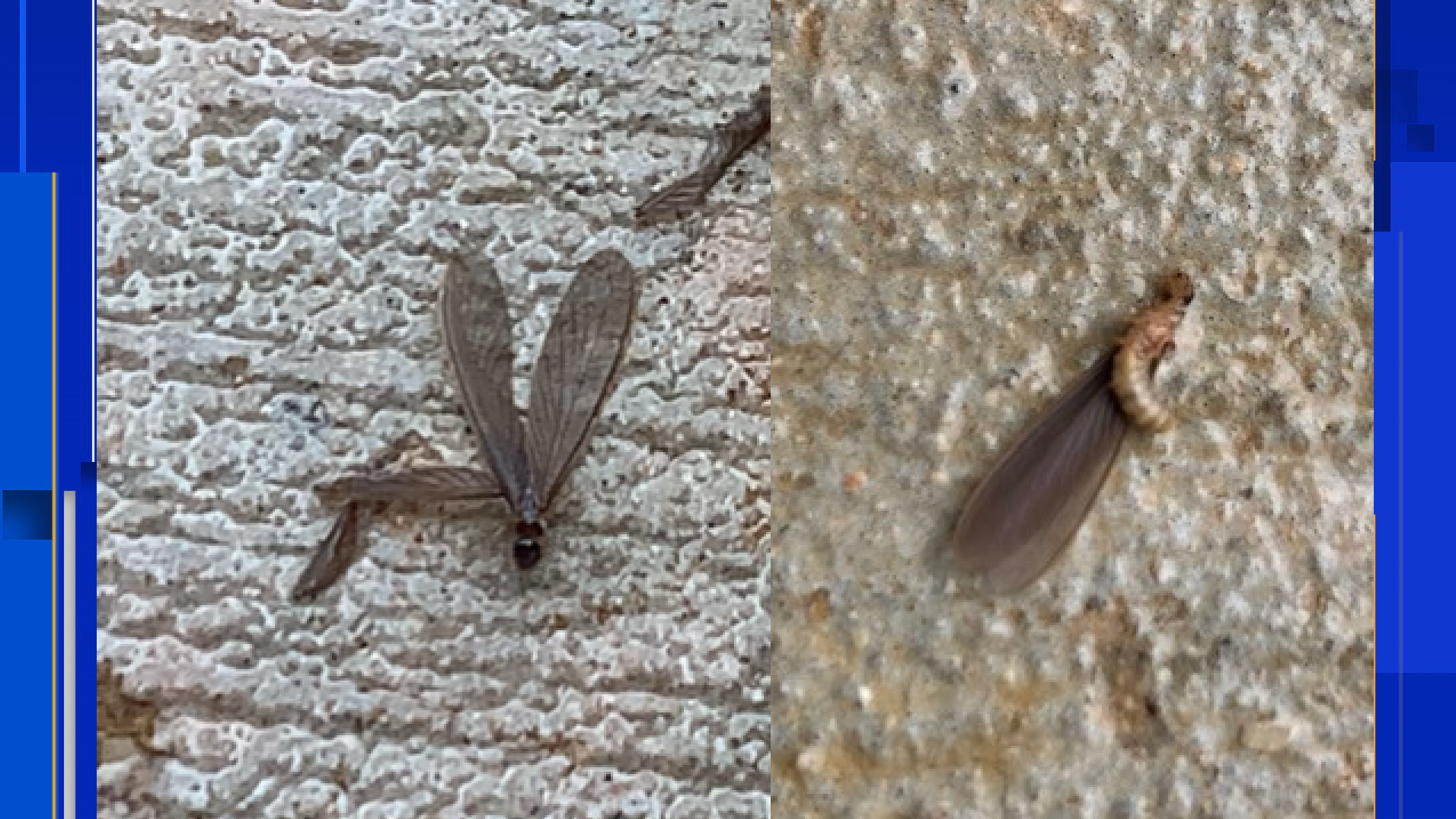
Ask The Entomologist What Are Those Swarms Of Flying Insects Following A Rainstorm
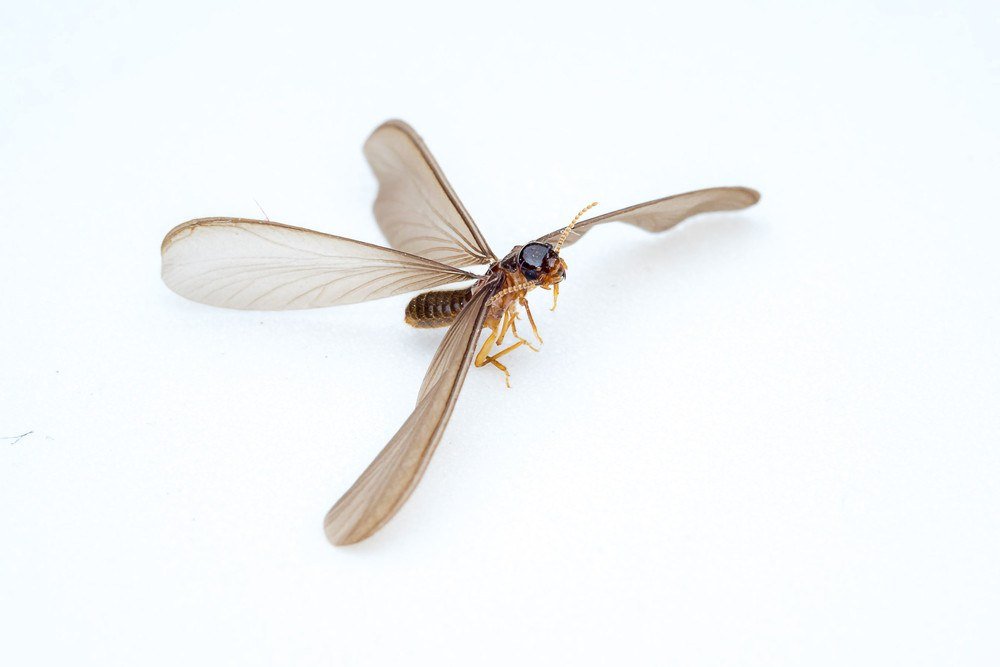
3 Easy Ways To Get Rid Of Flying Termites Fast Pest Wiki

How To Get Rid Of Gnats And Prevent Them From Returning
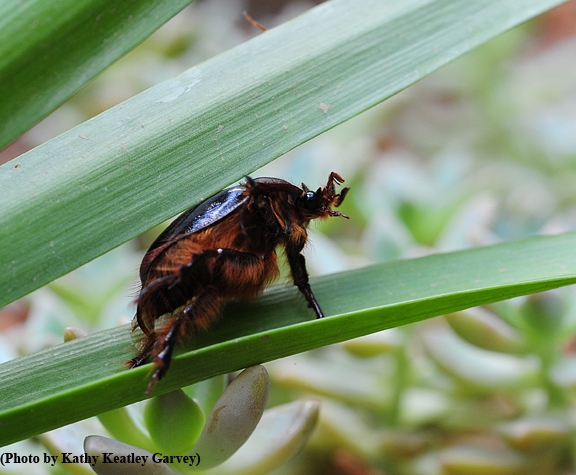
Rain Beetles Are Curious Critters Bug Squad Anr Blogs
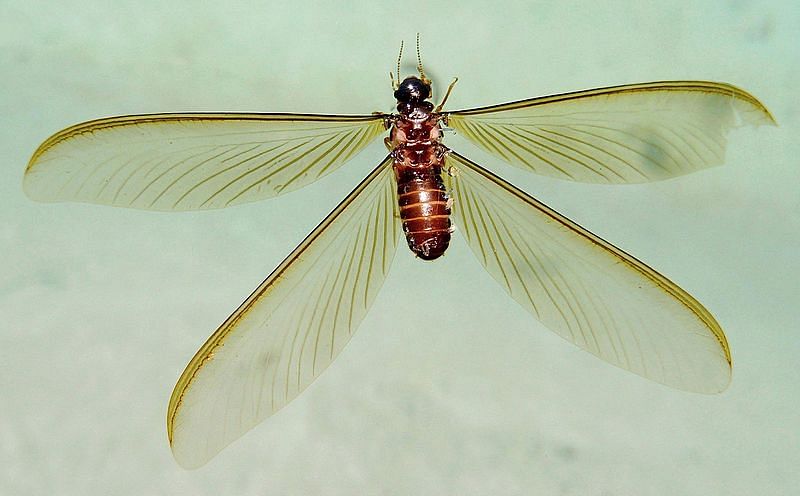
Get Rid Of Flying Insects Attracted To Lights In Your Home Home Decor Singapore

Why Does Bug Activity Increase After Rain Ortho

What Are These Insects Flying Around And Inside My House Conquer Termites Brisbane S Inspection Detection Treatment Specialists
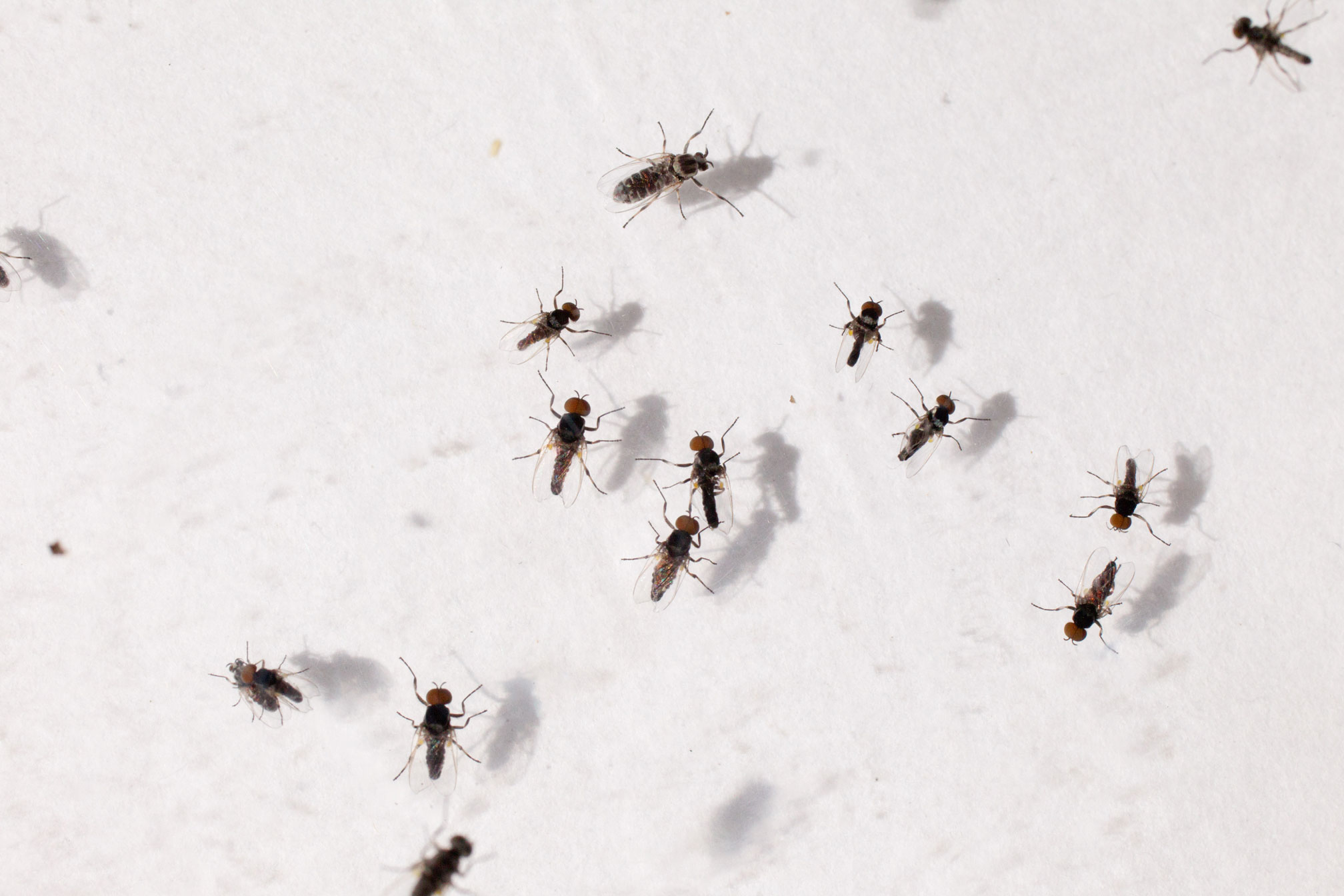
Clean Rivers And Lots Of Rain Means The Return Of Gnats To North Georgia Caes Newswire
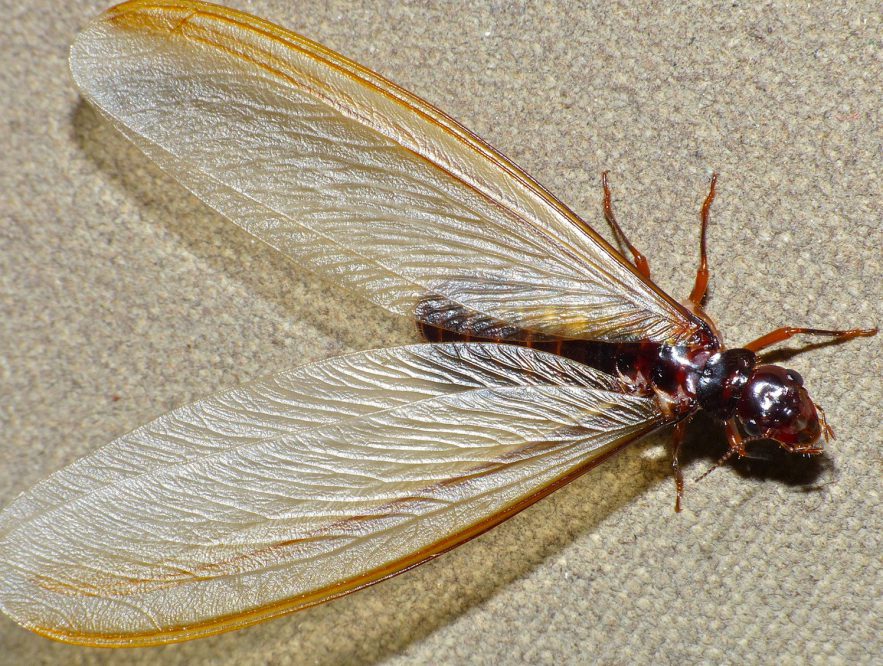
How To Get Rid Of Flying Termites In This Rainy Season Ideas By Mr Right

5 Things You Should Know About Flying Termites Rentokil Id

How Does Rain Effect Termite Behavior

Bugs That Rule Northeast Ohio In The Summer Mayflies Midges Fireflies Mosquitoes And More Cleveland Com